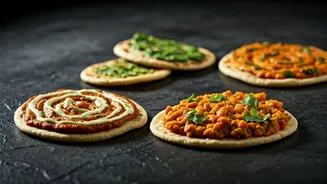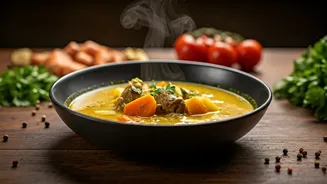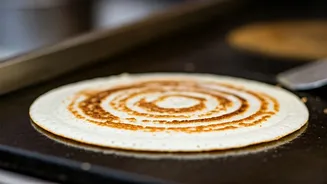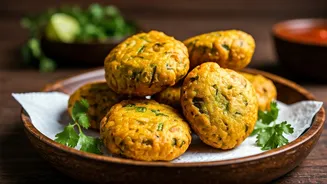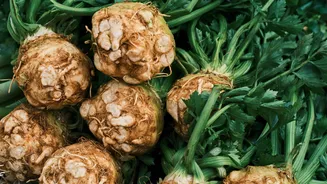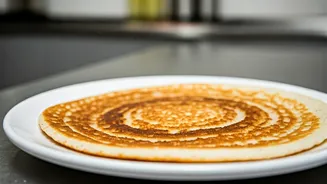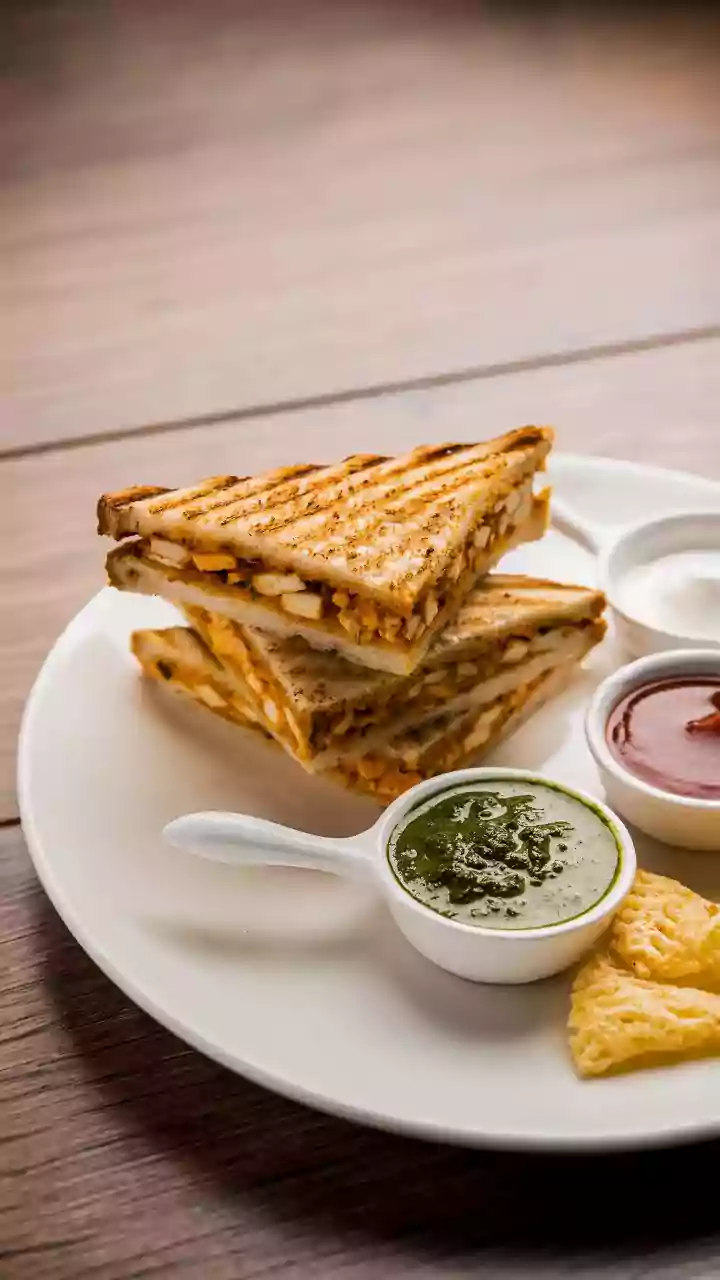Flavorful Spice Infusion
One of the simplest ways to add a delicious twist to your rotis is by incorporating spices directly into the dough. This method allows the flavors to meld
beautifully, creating a more cohesive and flavorful experience. Consider adding a pinch of cumin or ajwain seeds, which not only enhance the taste but also aid in digestion. For a bolder flavor, try incorporating dried fenugreek leaves (kasuri methi), which lend a slightly bitter and aromatic note. When mixing the dough, be sure to knead it well to ensure even distribution of the spices. This ensures that every bite is bursting with flavor. The dough should rest for at least 15-20 minutes, allowing the spices to fully infuse the flour, before rolling out the rotis. Experimenting with different spice combinations can significantly alter the outcome, allowing you to tailor the flavors to your preferences.
Adding Interesting Flours
Beyond using standard wheat flour, consider experimenting with different types of flours to give your rotis a unique texture and taste. Using a blend of flours can add both nutritional value and complexity to the rotis. For instance, incorporating a portion of besan (gram flour) adds a slightly nutty flavor and a tender texture. Adding ragi (finger millet) flour or jowar (sorghum) flour can add a different level of nutrients and a distinct earthy taste. Mix these flours with the wheat flour in varying proportions to achieve the desired texture and flavor. The addition of these alternative flours may require adjusting the amount of water needed to create a smooth dough. Always allow the dough to rest for at least 15 minutes to let the flours hydrate fully, contributing to a better texture and preventing the rotis from becoming dry. This approach opens a world of culinary possibilities, making your rotis more interesting.
Stuffing and Filling Variety
Stuffing your rotis is a fantastic way to create a wholesome meal in one go. The options for fillings are almost limitless. The traditional aloo paratha, stuffed with spiced mashed potatoes, is a classic favorite. You can also experiment with other vegetables like grated radish, cauliflower, or even a mix of greens. For a protein-rich option, consider stuffing your rotis with a mixture of paneer and herbs, or even seasoned cooked lentils. Ensure that the filling is not too wet, to prevent it from leaking out during the rolling and cooking process. This means draining any excess moisture from the ingredients. Rolling the filled rotis requires a gentle touch to prevent tearing, and cooking them on a medium flame ensures that the filling gets heated through. Experimenting with various fillings makes each roti a unique and satisfying experience.
Herbs and Garnish Enhancements
Adding fresh herbs and garnishes to your rotis can elevate their visual appeal and taste. The simplest way is to sprinkle chopped fresh coriander or mint leaves on the roti after cooking. Alternatively, incorporate finely chopped herbs directly into the dough. Fresh herbs like dill, parsley, or even a blend of herbs can dramatically alter the flavour. To take it a step further, brush the cooked roti with flavored ghee. This adds a layer of richness and a subtle aroma. You can infuse the ghee with garlic, or other aromatic spices before brushing it on. Garnishes like sesame seeds, nigella seeds, or even a sprinkle of chili flakes can also enhance both the visual appeal and the flavor. Adding fresh or dried herbs and spices is a simple yet impactful way to elevate the simplicity of a basic roti.
Creative Cooking Techniques
The way you cook your rotis also plays a major role in how they taste. Cooking them on a tawa (griddle) is the standard method, but experimenting with different techniques can yield exciting results. To get a soft, puffed-up roti, cook it over an open flame for a few seconds after it’s been cooked on the tawa. The direct heat causes it to puff up like a balloon. Using a cast-iron tawa can also impart a slightly smoky flavor. Another approach is to cook the rotis with a bit of ghee or oil. This creates a softer, more pliable roti. For a crispier texture, use less oil and cook them until they are slightly golden brown on both sides. The key is to experiment with different heat levels. This ensures they don’t become too dry. These varied cooking approaches can add a dimension to your simple roti.
